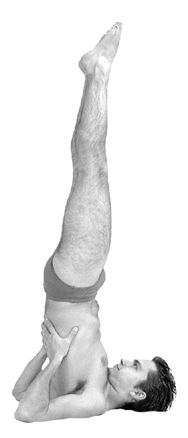Doing a handstand kickover is fun and at the same time a smart choice of exercise. However, it is not that easy to do as it may cause injuries especially if you do not know the basic steps. In this sense, it is necessary to know how to obtain a graceful and steady handstand.
Basic Steps of Handstand Kickover:
- Find a wide and soft area. If you want to practice the move, the first thing to consider is finding a wide and safe area that ensures softer landing. This activity will make you fall most of the time so it is necessary to protect yourself from injury.
- Stretch. Before starting, it is necessary to do some stretching such as rolling your neck, ankles and wrists. This will reduce the risk of getting injured and at the same time, these stretching exercises will make you more flexible.
- Stand straight up lifting your hands over your head. Keeping your arms straight is crucial, then step forward, throw hands down and do the kick.
- Kick one leg and take a forward step. When doing it, you should ensure that the skeletal system can handle or endure the load of your body. Thus, you should keep your fingertips align with your back foot.
Aside from the basic steps mentioned, you should also ensure proper balance of the body. Otherwise, it may lead to injury once you make a mistake in throwing your hands and kicking your legs. Likewise, while approaching the ground, always keep your arms straight. Keeping your arms and elbows bended can injure you.
Performing this handstand is not a piece of cake so you need someone to assist you if it’s your first time. If you are a beginner on doing handstands, this is not recommended for you. You should be able to do a handstand for two seconds, and a standing back bend before you can practice doing handstand kickover moves.
If you want to learn a lot more on bridging movements like this be sure to check out the Advanced Bridging Course.











